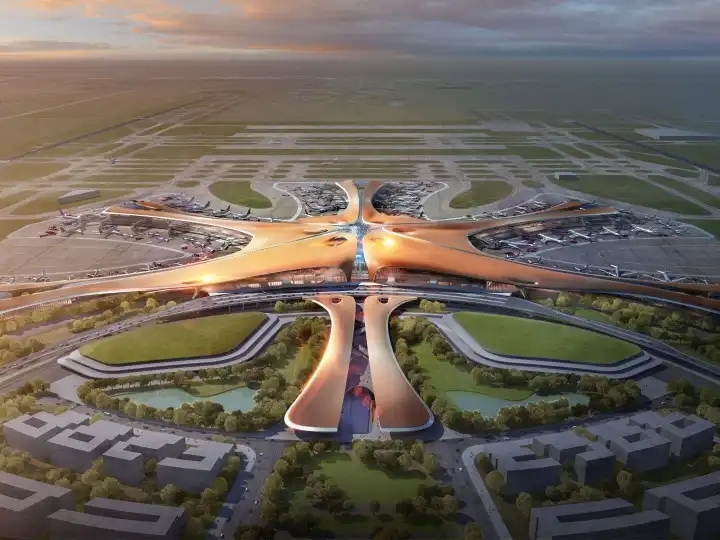The Mumbai Metropolitan Region (MMR) is about to get its long-awaited second airport. The Navi Mumbai International Airport (NMIA), designed to eventually surpass Chhatrapati Shivaji Maharaj International Airport (CSMIA) in passenger handling capacity, will be inaugurated by Prime Minister Narendra Modi on October 8.

Gautam Adani’s Site Visit
Ahead of the launch, Adani Group chairman Gautam Adani reviewed the final preparations at the site. He described the project as more than just infrastructure, calling it a “monument to the spirit of Bharat, built by its people, for its people.” During his visit, he inspected the runways, terminals, and safety systems, while also interacting with workers, engineers, firefighters, and differently-abled staff.
Capacity and Operations
Once fully operational, NMIA will be capable of handling 9 crore passengers annually, ranking it among the world’s largest airports. Operations will begin within a week to 15 days of inauguration.
- Initial phase: 60 flights daily (30 arrivals and 30 departures).
- After one month: Flight count will double.
- By six months: 240–300 flights per day.
Phase one alone will handle 2 crore passengers annually with 400 daily flights by the end of its first year.
Domestic and International Balance
Adani Group director (airports) Jeet Adani confirmed that both domestic and international flights are planned from day one. If not immediately, international operations will start within the same month. The domestic-to-international ratio is set at 4:1, with flexibility to expand international services as demand grows.
Connectivity and Aerocity Development
In the initial days, connectivity to NMIA may be limited, but long term, it is expected to be India’s best-connected airport. Plans include road links, metro and rail integration, air taxis, and even water transport. Alongside the airport, an aerocity is being developed with hotels ranging from budget to luxury to support travelers and business activity.
